Permaculture Earthworks Course
This Permaculture Earthworks Course will be a little different to other courses in earthworks hydrology construction, as you will be given the opportunity to operate an excavator to gain a good solid understanding of how it works and what it is capable of doing.
In this Permaculture Earthworks Course you will learn the theory and practice behind permaculture earthworks hydrology: locating the appropriate site, site design, surveying and directing earthmoving equipment to establish dams, swales, terraces, road access, level sill spillways and more.
Permaculture Earthworks Course (5 days – Monday to Friday)
– Learn the skills you need for water security on the land
REGISTER NOW for the Permaculture Earthworks Course
Course Dates and Venues:
- 1st to the 5th of June 2015, Eagles Deep Permaculture Farm, Tatong Victoria, Australia
Earthworks hydrology construction is one of the first big steps in getting a property established and can be an invaluable investment into its future, so it is something you want to get right. Earthworks going wrong can be very expensive and a major setback for you and your property. You will leave this course with an understanding and the knowledge needed to implement earthworks hydrology; where it is to be implemented, why it is to be implemented there, how to implement it there, and how it will work once constructed.
Instructors:
Danial Lawton of Permaculture Tools, Permaculture Earthworks operator www.daniallawton.com
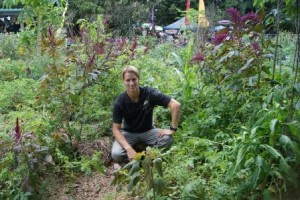
David Spicer of Permaculture Works
Danial  and David have worked in the permaculture education field for over 10 years and have seen the need become more apparent for a course to skill people on the ground, in the basics. They have both worked on large permaculture earthworks hydrology projects within Australia and over seas, including both operation and instruction.
and David have worked in the permaculture education field for over 10 years and have seen the need become more apparent for a course to skill people on the ground, in the basics. They have both worked on large permaculture earthworks hydrology projects within Australia and over seas, including both operation and instruction.
Danial and David are a dynamic team with many years of knowledge and practical experience between them, and each with their own charismatic teaching style, making them a teaching duo that is a pleasure to learn from.
When we understand earthworks hydrology on a macro and micro level we can apply it to the urban built environments using examples from Brad Lancaster’s rain gardens. From storm water catchment, to raised beds on contour for main crop production, and water harvesting and storage on a large scale for farm uses. Water and the water’s edge is 30 times more productive than land, having the classic edge effect. When thinking about earthworks design the aim is to keep water as high and as long in distance and time in the landscape as possible. Earth works are major elements in design; we are always starting with water in any design.
This Permaculture Earthworks Course will also cover keyline systems based on the natural topography of the land. Using the existing land formations to determine the positioning of earthworks hydrology construction, such as dams, swales, and roads.
Therefore it is best to plan all aspects of the earth-moving process before the machines or laborers arrive, so you can achieve your desired outcome and get it right the first time.
The Plan
1. Make initial an decision of the placement of dams, swales, house site drains etc, using contour maps and plans if needed.
2. Test soil by auger holes, soil samples and soil pits to check if suitable for your needs (ie. Dam needs at least 30-40% clay). Seek professional advice or do more research before deciding conclusively.
3. Peg out site using a level (laser level, dumpy level, a-frame, bunyip level)
4. Plan a space to store all the TOPSOIL. Never allow it to be mixed. Remove carefully to be returned later as growing medium.
5. Have on hand as many seeds and plant material as is needed to immediately cover disturbed soil
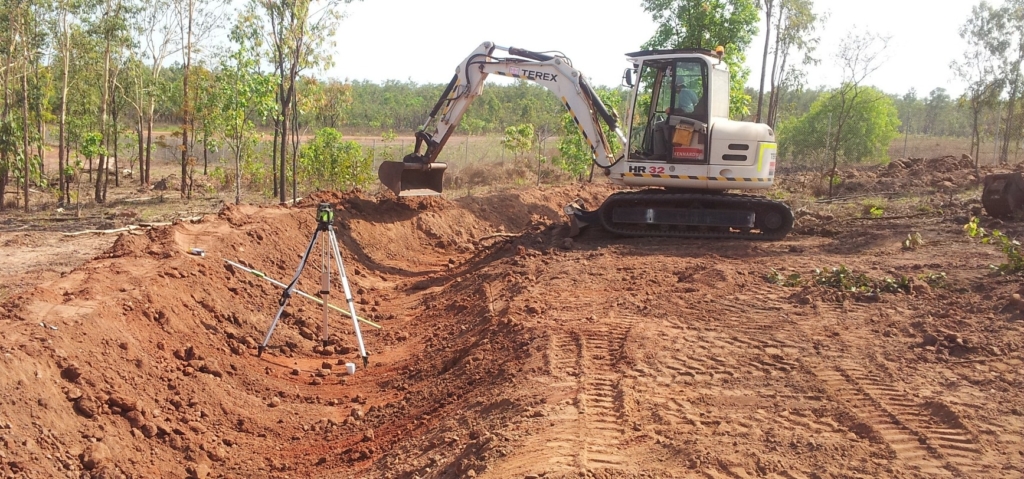


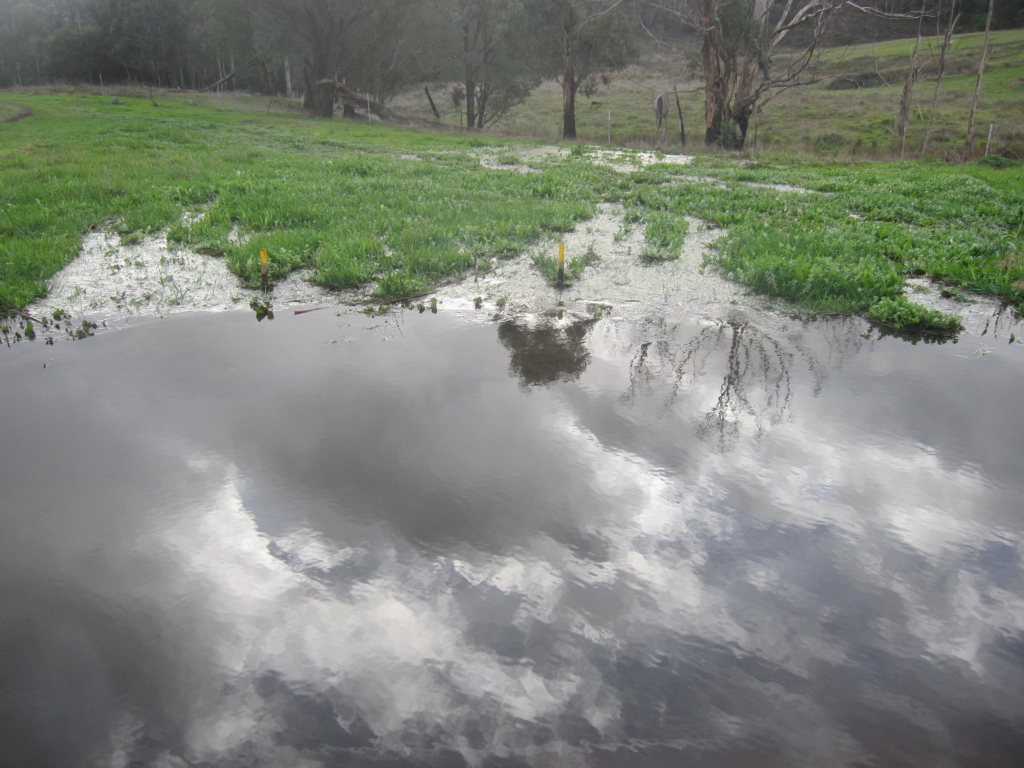
Here’s what you’ll find in the 5 day PERMACULTURE EARTHWORKS COURSE.
| Intro & First Considerations | Why water is the first consideration in farm design. |
| Keypoint Design | The ultimate point in the landscape to locate high elevation dams. |
| Hardware/Software difference | See what will cause a flood in your landscape and where you can catch, absorb and use water in the landscape before you turn a single sod. |
| Micro Earthworks | Tune in to how water and the land interact on even the smallest scale and apply that to shaping a whole farm using bulldozers and Excavators. |
| Edge effect | See how to use the edge effect to multiply soil productivity by up to 30 times. Who’d have thought earth moving machinery held the ability to heal and produce as well as destroy. |
| Water holding | Strategies for holding water in the landscape for the longest time and traveling the longest distance, so you can make full use of every drop you harvest from the sky. |
| Planning out the earth moving process | Because failure to plan in earth works design isn’t just planning to fail. It’s planning to lose fences, paddocks, a house or even a family member. |
| Total Farm Layout | Catch and redistribute every drop that falls from the sky and prevent it from leaving your farm and giving it to the neighbor down stream. |
| Deep Soil Testing Methods | Practical hands in the mud learning. Know in advance the best placement of dams and how to avoid losing an excavator into a hidden underground bog |
| DIY Site Surveying and Pegging Out | Learn how to use high end survey equipment and ancient $10 equipment for best placement of earthworks features. Plus, if you want to hire a professional surveyor you’ll know enough about the process to prevent them from conning you into over priced quotes and be able to see when they have made an obvious blunder. |
| Topsoil | How to handle topsoil in an earth moving project so you keep every last microbe and every ounce of vigorous fertility. |
| Different types of dams | Barrage dam, keypoint dam, valley dam, contour dam, ridgepoint dam, saddle dam, turkeys nest dam. Every one a different use and every one it’s own limitation. |
| Compacting soil | Sometimes it’s a good idea. Especially when you want water to run over or hold still on the surface. |
| Vegetation | Learn which plants will help you keep your dam and which ones will send your dam wall to the ocean. |
| Freeboard | Understand why the minimum freeboard for all macro scale water holding earthworks must be set to 1000mm to prevent catastrophe. Knowledge of this principle is a must for any excavator or bulldozer operator. If they don’t know it, don’t use them. Find another operator. |
| Keyways | The essential component most inexperienced Plant Operators have not the faintest idea about… yet it’s the part of the wall construction that holds the whole thing together. |
| Locking Pipe Baffles | How to run a pipe straight through the dam wall without compromising it’s integrity. |
| Diversion Drains | Moving large quantities of water over long distances in a hurry for flood irrigation or flood mitigation. |
| Swales | The single most important earth structure for broad acre water harvesting. |
| Roads | How to turn major and minor access ways into water and fertility harvesters without bogging your town car up to it’s axels. |
| Net and Pan Reforestation Systems | Subtle earth structures used to establish a forest on denuded hillsides or extreme arid lands. |
| Gabions | To prevent gully erosion and stop high quality free traveling silt and organic matter from running to the sea. |
| Leaky Weirs | Low Tech, low cost way for creating emergency fodder crops and fertility traps. |
| How to Seal a leaking Dam | Using a layer of bacterial slime…? Are these guys nuts or under-appreciated geniuses. |
| Sandpit Modeling | Build the structures you are learning about and play god to see the effects of flooding rains when we apply the divine watering can of truth. |
| Hands on the controls Experience | Take the controls of awe inspiring machines like, excavators, bulldozers, rollers, Graders, Scrapers, Skid Steers so you understand how Plant Operators think, and learn to speak their language. |
| Earth Resources | Clay, sand, shingle and boulders can be high value construction materials for every farm structure you’ll ever need. |
Permaculture Earthworks Course Prices
$1000AUD per person due to be paid a week prior to the start of the course date.
Early bird discount of 10% off $900AUD must be made in one transaction 8 weeks before course start date.
$100AUD Non refundable deposit to secure a booking with in the course, places are limited.
BYO tent and camping gear (you will need to provide everything you need to sleep in your tent).
In filling in this registration form, the registrar agrees to all terms and conditions of staying at the venue site and will adhere to the property guidelines and restrictions (explained once on-site) and the following:
- You will utilise environmentally friendly products during your stay
- No pets
- Full payment for the course should be received by the course convener at least one (1) week prior to the course.
- Cancellation of registration will result in forfeiting the paid deposit
RESGISTER NOW for the Permaculture earthworks Course
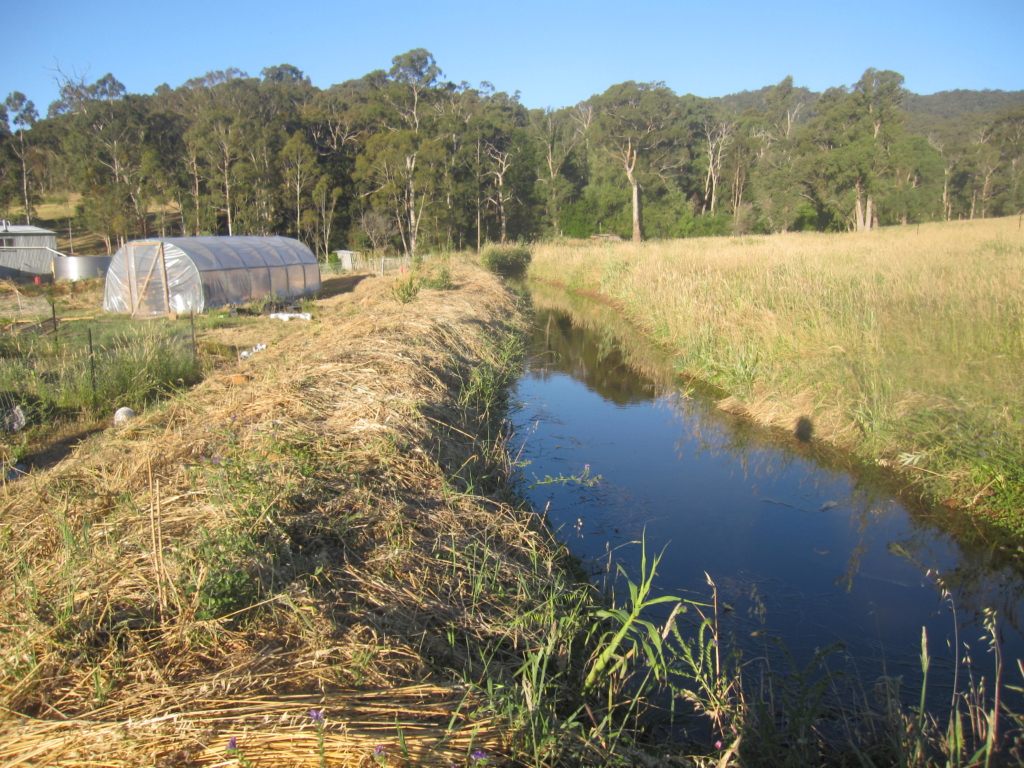
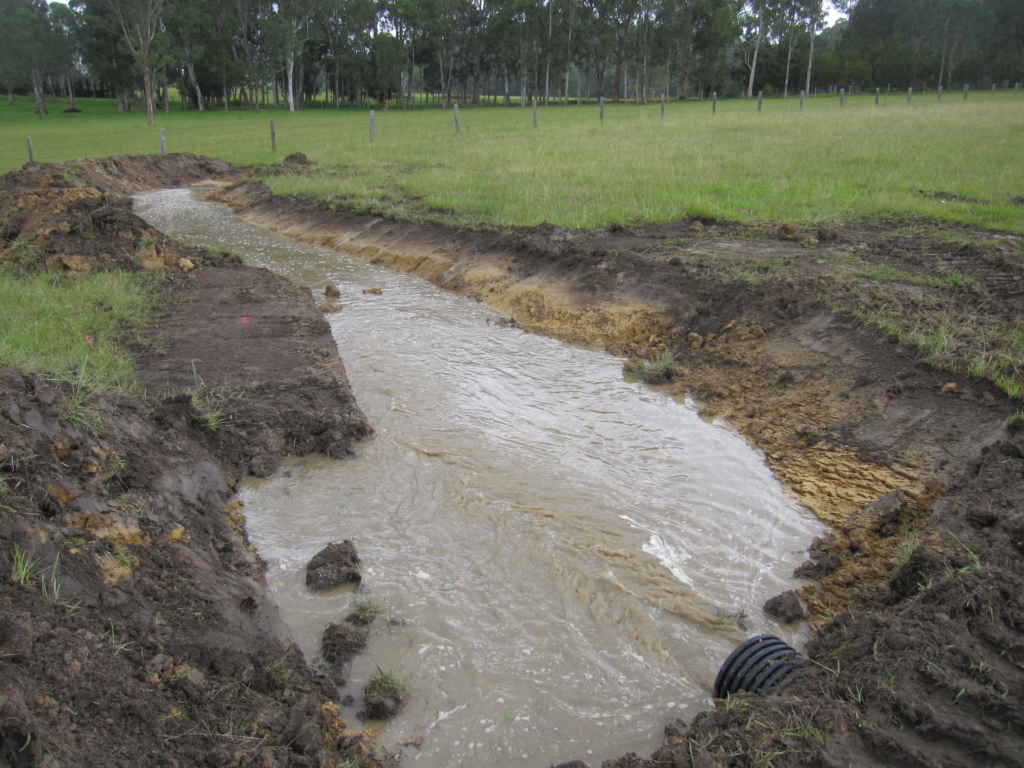


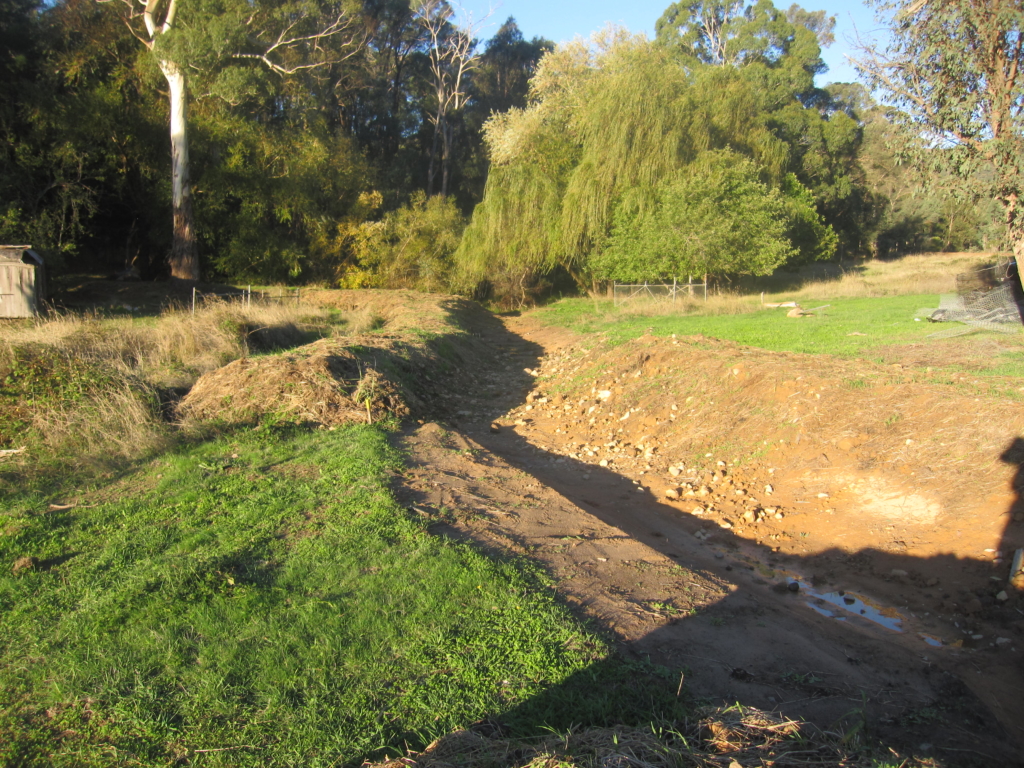

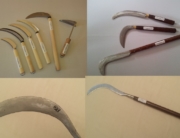
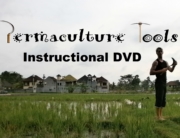
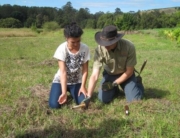

Add Comment
You must be logged in to post a comment.